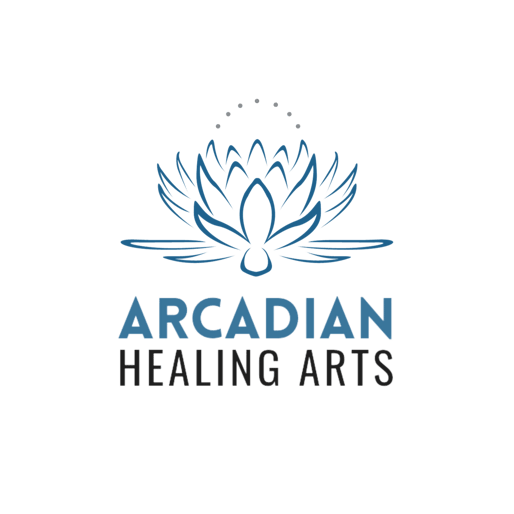TABLE THAI YOGA MASSAGE
What is Thai Yoga Massage?
Developed more than 2,000 years ago in Thailand, Thai massage remains a popular technique that incorporates aspects of yoga, acupressure, energy balancing, and massage. Considered one of the ancient healing arts of traditional Thai medicine (which historically also included herbal practice, nutrition, and spiritual meditation), Thai massage was originally passed from teacher to teacher within the Buddhist temples, while Thai families used it as a healing folk art. Unfortunately, much of the history of Thai massage was lost during the Burmese invasion of Thailand in 1767. Today, Thai massage continues to be a mainstay in Thai medicine, while quickly gaining a new audience in the Western world.
Source: Associated Bodywork & Massage Professionals
You and the practitioner will discuss the desired outcome of your session. This will determine which parts of your body require massage. A typical full-body session will include work on your back, arms, legs, feet, hands, head, neck, and shoulders. You will not be touched on or near your genitals (male or female) or breasts (female).
What Parts Of My Body Will Be Massaged?
No, in fact you will be fully clothed. It is highly recommend that clients wear loose, comfortable attire suitable for the deep stretching that will be part of the session. Often times clients wear gym clothes or yoga clothes.
Do you offer sessions on the floor or on a mat?
Do I have to undress for this type of bodywork?
Thai massage is traditionally performed on a soft floor mat, but we offer the modality on a table so that we can integrate Thai massage with traditional massage techniques and sports massage stretches. Some clients like to add Reiki as well.
This interactive form of bodywork can utilize tai chi, rocking and rhythmic motion, acupressure, and assisted stretches. Practitioners may use their hands, feet, knees, elbows, and legs to facilitate the process. No oil is used during these sessions.
Clients will remain fully clothed in loose, comfortable attire suitable for the deep stretching that will be part of the session. Pillows and bolsters may be used for better client support.
Experts say there is an interesting dichotomy with Thai massage, as it both relaxes and rejuvenates. After the session, some clients report feeling awakened and energized, while also feeling deeply grounded and at peace.
What does it feel like to receive Thai Yoga Massage?
Is this like a Yoga session?
Also known as yoga massage, assisted yoga, or ancient massage, Thai massage respects the body’s limits, while encouraging clients to reach their edge of flexibility—but never beyond. Thai massage uses acupressure, massage, and passive assisted stretching, where therapists help clients move into their stretch. The work is purposely slow as the therapist guides clients through the movements, being ever mindful of their physical limitations. Some say the combination of movements and focused awareness during a Thai massage session creates a slow, flowing dance between practitioner and client.
Thai massage is based on an energetic paradigm of the human body and mind. In this tradition, energy is thought to travel on pathways, called sen, throughout the body. Through the movement and massage components, the goal in Thai massage is to ensure energy is flowing freely along these pathways as a means for wellness.
If this is a yogic style of bodywork, is there an energy component?
Make yourself comfortable and connect with your breath. The practitioner will either gently move you or tell you what is needed throughout the session (such as lifting your arm). Many people just close their eyes and completely relax. Others like to talk during their session. Feel free to ask the practitioner questions about massage and bodywork in general or about the particular technique you are receiving.
What should I do during the session?
Why should I receive this style of bodywork?
Recipients of Thai massage can also capture the well-established benefits of yoga without actually doing yoga. As the practitioner gently moves clients into yoga-like poses, tight joints are opened, energy flows freely, and breathing is enhanced. A meditative state becomes part of the process, as both client and practitioner focus on breath and intention. Through the assisted stretches, clients’ muscles become less prone to injury, their joints have a greater range of motion, and their whole body enjoys greater flexibility. Many yoga enthusiasts are finding Thai massage adds a whole new dimension to their practice.
The benefits of Thai massage largely mimic those of traditional massage:
• Deep relaxation and quieting of the mind.
• Heightened energy levels.
• Improved body-mind connection.
• Improved circulation and lymphatic flow.
• Improved range of motion.
• Increased flexibility.
• Rejuvenated body and mind.
• Relief for pain and muscle tension.
Can this style of massage or bodywork benefit me?
